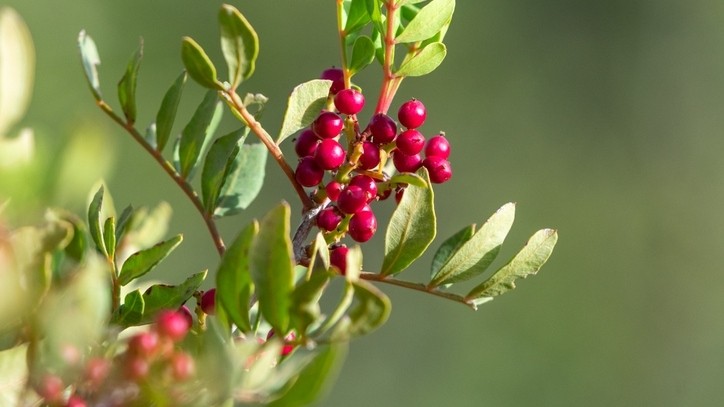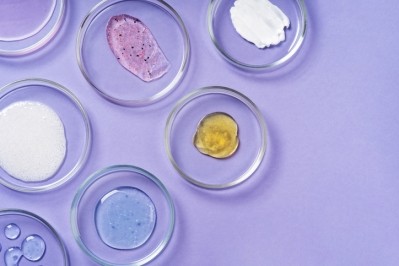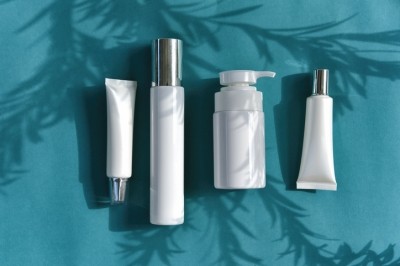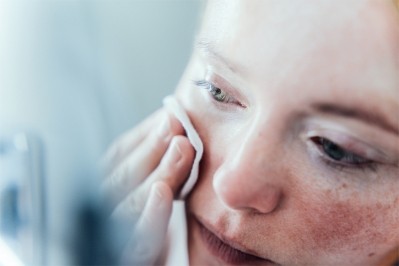Study
Research team dives into history of personal care for modern plant-based ingredient

A research team out of Algeria, Zerey-Belaskri et al., recently published a review in the journal Cosmetics looking into the modern cosmetic potential for one of the oldest known personal care ingredients, a pistachio species called Pistacia Atlantica, or Atlas pistachio.
Zerey-Belaskri et al. said archeology suggests humans created personal care products like pomades and oils in Kish and Mesopotamia as early as 7000 BCE. These products were primarily made of animal and vegetable fats.
Pistachio species like Atlas pistachio were believed to have been one of the first plants used in healthcare as humanity's first chewing gum, Zerey-Belaskri et al. said.
“Pistachio resin was known for its distinguishing flavor and therapeutic properties and was used subsequently to clean the teeth and freshen the breath,” Zerey-Belaskri et al. said. “Since the ancient Egyptian dynasties, Pistachio resin was a key ingredient in body-care practices and the mummification process and rituals.”
While the species held medicinal and personal care importance in the ancient world and species of pistachio are still globally important today, Zerey-Belaskri et al. said the review’s intent was to evaluate the cosmetic potential of Atlas pistachio essential and fixed oils.
Essential oils in fragrance and skincare
While Atlas pistachio has long been used for its fragrance benefits, the use of its essential oil may have advantages in today's fragrance market.
Zerey-Belaskri et al. said Atlas pistachio has several monoterpenes compounds, which are valuable in fragrance and cosmetics as a building block.
“Most compelling evidence shows that the indigenous knowledge regarding the medical use of Atlas pistachio corroborates the scientific findings.”
-Zerey-Belaskri et al.
Some of these compounds found in Atlas pistachio are used to improve the odor of some industrial products, but also show potentially cosmetically useful anti-microbial activity. Many studies on these effects have pertained to ingestion or microbes affecting internal systems.
“Interestingly, it is known that the rural populations in the distribution area of Atlas pistachio used to chew the leaves and the resin of Atlas pistachio,” Zerey-Belaskri et al. said. “This health and care practice is inherited from the ancient world where pistachio resin was used to clean the teeth and freshen the breath.”
Other compounds found in the plant show anti-inflammatory potential and may have significant potential in dermo-cosmetics, Zerey-Belaskri et al. said. In fact, Atlas pistachio leaf-boiled-water is already used as a bath finishing lotion and treats skin problems in traditional medicine practices.
Fixed oils in cosmetics
The fixed oil, or oil extracted from the Atlas pistachio fruit, showed potential in several key cosmetics areas, according to Zerey-Belaskri et al.
Like the essential oil, the fixed oil showed anti-microbial activity, but the extract also showed potential flavonoid-driven antioxidant activity, anti-inflammatory activity and cytotoxic activity.
“Both Pistacia Atlantica essential and fruit oils have not been widely used for industrial applications,” Zerey-Belaskri et al. said. “Nevertheless, the traditional uses and the indigenous knowledge have recently inspired modern cosmetic formulations but also cosmetic handicraft products which currently represent an emergent market in natural-based beauty and care products.”
The research team said further field investigations and ethnobotanical surveys would provide important data to understand Atlas pistachio’s use in modern cosmetics.
Title: From Traditional Knowledge to Modern Formulation: Potential and Prospects of Pistacia Atlantica Desf. Essential and Fixed Oils Uses in Cosmetics
Author: A. Zerey-Belaskri et al.
Source: Cosmetics 2022, 9(6), 109; https://doi.org/10.3390/cosmetics9060109
















